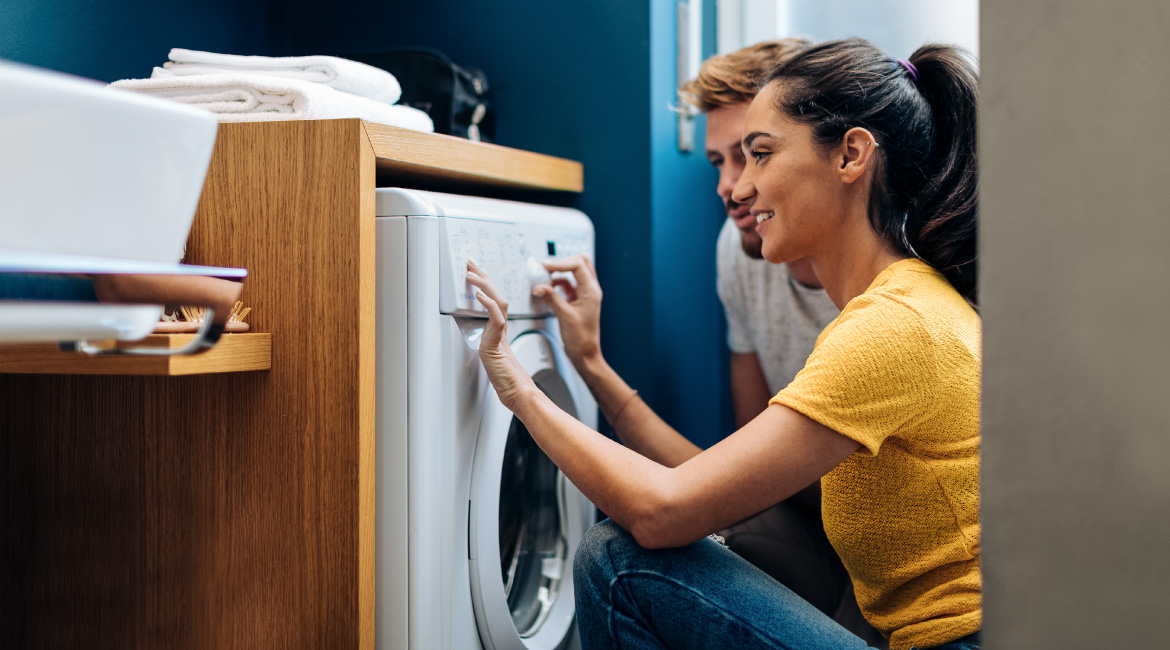
If you’ve got kids, especially teenagers, you’ve likely already heard of TikTok. Maybe you’ve even unknowingly featured in a TikTok video. If it wasn’t when you were making breakfast the other day, it was definitely when you least expected it.
The latest craze in social media, TikTok is an app that lets users create, upload and share videos to a wider network of followers. It’s like Instagram and Snapchat…but different. But what is it? And what do you, a responsible and concerned parent, need to know about it?
How is TikTok different?
TikTok is actually pretty creative. Back when it was known as Music.ly, the app was purely dedicated to lip syncing videos. Nowadays, TikTok is a performative platform packed with singing, dancing and talking videos. It even holds challenges (like this one and this one and this one) that have taken the social world by storm, one. TikTok lets users create videos together, teaches kids how to edit (quite professionally!) and fosters connection through comments, likes and shares features.
The big question: is TikTok safe?
As of today, TikTok has 800 million users. And just like every other social media app, TikTok has its influencer users, its everyday active users, and the users who don’t post their own content but prefer to browse the immense video library.
But TikTok still ought to be treated as we treat all other social media apps – with parental monitoring when necessary and appropriate privacy settings. The app in and of itself isn’t dangerous, but TikTok does recommend that users are 13+ and that anyone under the age of 18 has approval from a parent or guardian.
Much of TikTok involves lip syncing and dancing to popular music, so you might find that some of the videos include songs with swearing or sexual lyrics. If you’re concerned by this, careful monitoring of the accounts your kids follow on TikTok can help it remain a child-friendly experience.
Look at privacy settings
When you sign up for a TikTok account, your profile is public by default. This means anyone can see your videos, location info and send you messages. To change this for your kids, opt for a private account.
This change in settings will mean that the only people your children can interact with are people they already know. To do this, go to the profile page and select the three dot icon in the top right hand corner. Select Privacy and Safety, and then click “Private Account”.
Use the Digital Wellbeing function
TikTok has a Digital Wellbeing function on the app which allows parental controls. You can either set these features on your kids phone or download the app on your own smartphone and then allow ‘family pairing’. These parental controls include: screen time management (limiting usage to between 40 mins and two hours per day); restricted mode (blocks mature content using filters); and family pairing (you can control your kid’s account).
Get involved!
TikTok right now is full of families getting together to create videos. It’s proven to be a fun, creative, social outlet for both parents and kids. Maybe it involves learning a new dance together or filming a funny skit. TikTok even allows two users who aren’t in the same place to perform a split-screen duet.
The opportunities are endless. If you’re not keen on getting in front of the camera, volunteer to be director or camera operator instead. Offer to hold the camera for your kids, post it together and get involved. The point isn’t to get famous, it’s to use this new technology to bond.





